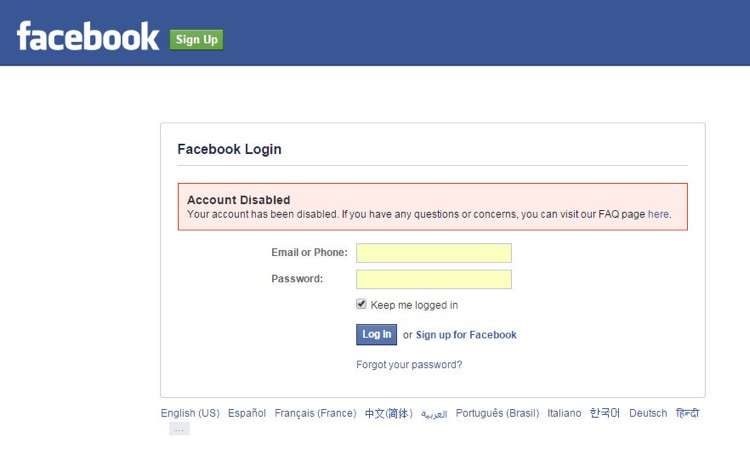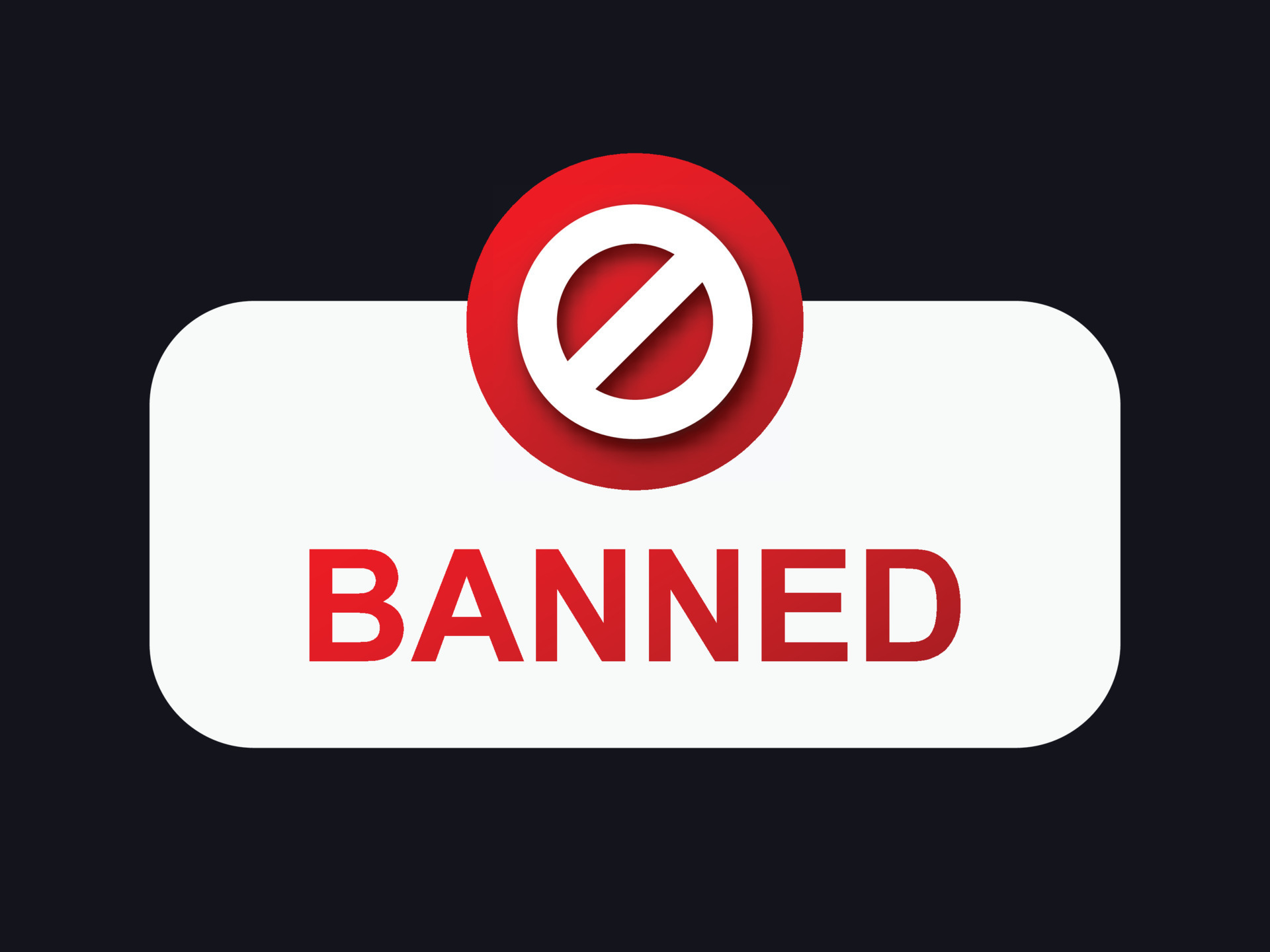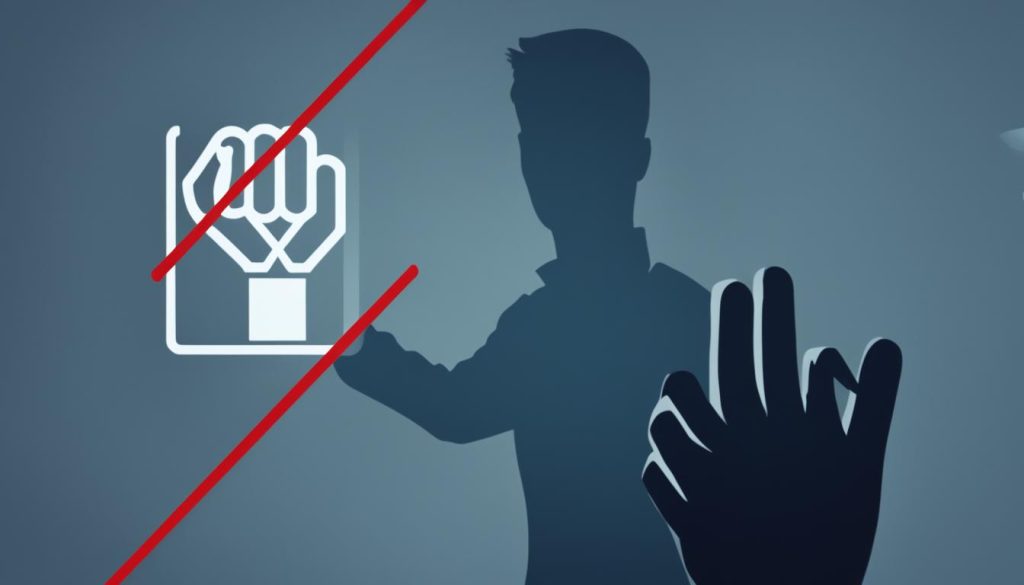Understanding Facebook’s Community Standards
Facebook’s community standards are a set of guidelines that outline what is and isn’t allowed on the platform. These standards are in place to ensure that users have a positive and safe experience on Facebook. As a page administrator, it’s essential to understand these standards and how they relate to page management.
Facebook’s community standards cover a range of topics, including violence and graphic content, hate speech, harassment, and spam. The platform prohibits content that promotes or glorifies violence, as well as content that is intended to intimidate or harass others. Additionally, Facebook has strict policies against hate speech, which includes content that attacks people based on their race, ethnicity, national origin, religious affiliation, sexual orientation, sex, gender, gender identity, or serious disabilities.
As a page administrator, it’s crucial to enforce these community standards on your page. This can be done by monitoring comments and posts, using Facebook’s built-in reporting tools, and responding to user complaints. By taking these steps, you can help create a safe and respectful environment for your followers.
Facebook provides page administrators with a range of tools to help enforce community standards. These tools include the ability to review and approve comments before they are posted, as well as the ability to block or restrict users who are violating the community standards. By using these tools, you can help maintain a positive and engaging environment on your page.
Understanding Facebook’s community standards is essential for page administrators who want to create a safe and respectful environment for their followers. By enforcing these standards, you can help ensure that your page is a positive and engaging space for everyone.
How to Identify and Address Problematic Behavior on Your Page
Identifying and addressing problematic behavior on your Facebook page is crucial to maintaining a positive and engaging environment for your followers. Problematic behavior can take many forms, including harassment, spamming, and posting inappropriate content. As a page administrator, it’s essential to be proactive in identifying and addressing these issues to prevent them from escalating.
One of the most effective ways to identify problematic behavior on your page is to monitor comments and posts regularly. This can be done by checking your page’s notifications, reading through comments and posts, and responding to user complaints. By staying on top of your page’s activity, you can quickly identify and address any issues that may arise.
Facebook also provides page administrators with built-in reporting tools to help identify and address problematic behavior. These tools allow you to report content that violates Facebook’s community standards, such as hate speech, harassment, or spam. By using these tools, you can help maintain a safe and respectful environment on your page.
In addition to monitoring comments and posts and using Facebook’s reporting tools, it’s also essential to respond to user complaints in a timely and professional manner. This can help to de-escalate conflicts and prevent them from escalating into more serious issues. By responding to user complaints, you can also demonstrate your commitment to maintaining a positive and engaging environment on your page.
By being proactive in identifying and addressing problematic behavior on your page, you can help to maintain a positive and engaging environment for your followers. This can also help to reduce the need to ban users, which can be a time-consuming and complex process. In the next section, we’ll outline the step-by-step process of banning someone from your Facebook page.
The Step-by-Step Process of Banning Someone from Your Facebook Page
Banning someone from your Facebook page is a serious decision that should not be taken lightly. However, in some cases, it may be necessary to protect your page and its followers from harassment, spamming, or other forms of problematic behavior. If you have decided to ban someone from your Facebook page, here is a step-by-step guide to help you through the process.
Step 1: Access the Page’s Settings
To ban someone from your Facebook page, you will need to access the page’s settings. To do this, click on the “Settings” icon at the top right corner of your page and select “Settings” from the dropdown menu.
Step 2: Find the User’s Profile
Once you are in the page’s settings, click on the “People and Other Pages” tab. From here, you can search for the user’s profile by typing their name in the search bar.
Step 3: Select the “Ban” Option
Once you have found the user’s profile, click on the “Ban” option next to their name. This will bring up a confirmation window asking if you are sure you want to ban the user. Click “Confirm” to complete the process.
Step 4: Review and Confirm the Ban
After you have banned the user, review the ban to ensure that it was successful. You can do this by checking the user’s profile and verifying that they are no longer able to interact with your page.
It’s essential to note that banning someone from your Facebook page is a permanent action and cannot be undone. Therefore, it’s crucial to ensure that you have followed the correct procedures and that the ban is justified.
In the next section, we’ll discuss what happens when someone is banned from a Facebook page, including how they will be restricted from interacting with the page, and how they can appeal the ban.
What Happens When You Ban Someone from Your Facebook Page
When you ban someone from your Facebook page, they will be restricted from interacting with your page in several ways. They will no longer be able to post comments, send messages, or engage with your content in any way. Additionally, they will not be able to see your page’s posts or updates in their news feed.
When a user is banned from a Facebook page, they will receive a notification informing them of the ban. This notification will include information on why they were banned and how they can appeal the ban if they feel it was unfair.
Appealing a ban on Facebook is a straightforward process. The banned user can submit an appeal to Facebook’s support team, who will review the case and make a decision. If the appeal is successful, the ban will be lifted, and the user will be able to interact with the page again.
It’s essential to note that banning someone from your Facebook page is a serious decision and should not be taken lightly. Before banning someone, it’s crucial to ensure that you have followed the correct procedures and that the ban is justified.
In addition to banning, Facebook also offers other options for managing problematic behavior on your page. For example, you can block or restrict users, which can help to prevent them from interacting with your page without completely banning them.
In the next section, we’ll discuss alternative solutions to banning, such as blocking and restricting users, and how these options can be used to manage problematic behavior on a Facebook page.
Alternative Solutions to Banning: Blocking and Restricting Users
While banning someone from your Facebook page may be necessary in some cases, it’s not always the best solution. Fortunately, Facebook provides alternative solutions to banning, such as blocking and restricting users. These options can be used to manage problematic behavior on your page without completely banning the user.
Blocking a user on Facebook prevents them from interacting with your page, but it does not prevent them from seeing your page’s content. This can be a useful option if you want to prevent a user from commenting or posting on your page, but still want them to be able to see your content.
Restricting a user on Facebook is similar to blocking, but it allows the user to see your page’s content, but prevents them from interacting with it. This can be a useful option if you want to allow a user to see your content, but prevent them from commenting or posting on your page.
Both blocking and restricting users can be useful alternatives to banning, as they allow you to manage problematic behavior on your page without completely banning the user. However, it’s essential to use these options judiciously and only when necessary, as they can still have a negative impact on the user’s experience.
In addition to blocking and restricting users, Facebook also provides other tools and features that can help you manage problematic behavior on your page. For example, you can use Facebook’s built-in moderation tools to review and approve comments before they are posted, or use Facebook’s reporting tools to report users who are violating your page’s community standards.
By using these alternative solutions to banning, you can create a more positive and inclusive community on your Facebook page, while still maintaining control over the content and interactions on your page.
Best Practices for Managing Your Facebook Page and Avoiding Bans
Managing a Facebook page effectively requires a combination of strategies and best practices. By following these guidelines, you can create a positive and inclusive community on your page, while minimizing the need to ban users.
One of the most important best practices for managing a Facebook page is to set clear community standards. This means establishing a clear set of rules and guidelines for user behavior on your page, and communicating these standards clearly to your followers.
Engaging with users is also crucial for managing a Facebook page effectively. This means responding to comments and messages in a timely and professional manner, and using Facebook’s built-in moderation tools to review and approve comments before they are posted.
Using Facebook’s built-in moderation tools is also an effective way to manage user behavior on your page. These tools allow you to review and approve comments before they are posted, and to block or restrict users who are violating your page’s community standards.
Another best practice for managing a Facebook page is to be proactive in addressing problematic behavior. This means monitoring comments and posts regularly, and taking swift action to address any issues that may arise.
By following these best practices, you can create a positive and inclusive community on your Facebook page, while minimizing the need to ban users. Remember, banning users should always be a last resort, and should only be used in cases where it is absolutely necessary.
In the next section, we’ll discuss common mistakes to avoid when banning someone from a Facebook page, and how to avoid these mistakes to maintain a positive and inclusive community.
Common Mistakes to Avoid When Banning Someone from Your Facebook Page
Banning someone from your Facebook page can be a necessary step to maintain a positive and inclusive community. However, there are common mistakes to avoid when banning someone from your Facebook page, such as banning users unfairly or without warning.
One common mistake to avoid is banning users without warning. This can be seen as unfair and may lead to negative feedback and a loss of trust from your followers. Instead, it’s essential to provide clear warnings and guidelines for user behavior on your page, and to communicate these guidelines clearly to your followers.
Another common mistake to avoid is banning users unfairly. This can be seen as discriminatory and may lead to negative feedback and a loss of trust from your followers. Instead, it’s essential to ensure that you are banning users for legitimate reasons, such as harassment, spamming, or posting inappropriate content.
It’s also essential to avoid banning users without providing a clear explanation for the ban. This can be seen as unfair and may lead to negative feedback and a loss of trust from your followers. Instead, it’s essential to provide a clear explanation for the ban, and to communicate this explanation clearly to the user.
By avoiding these common mistakes, you can maintain a positive and inclusive community on your Facebook page, while minimizing the need to ban users. Remember, banning users should always be a last resort, and should only be used in cases where it is absolutely necessary.
By following these guidelines and avoiding common mistakes, you can create a positive and inclusive community on your Facebook page, and maintain a strong and engaged following.
Common Mistakes to Avoid When Banning Someone from Your Facebook Page
Banning someone from your Facebook page can be a necessary step to maintain a positive and inclusive community. However, there are common mistakes to avoid when banning someone from your Facebook page, such as banning users unfairly or without warning.
One common mistake to avoid is banning users without warning. This can be seen as unfair and may lead to negative feedback and a loss of trust from your followers. Instead, it’s essential to provide clear warnings and guidelines for user behavior on your page, and to communicate these guidelines clearly to your followers.
Another common mistake to avoid is banning users unfairly. This can be seen as discriminatory and may lead to negative feedback and a loss of trust from your followers. Instead, it’s essential to ensure that you are banning users for legitimate reasons, such as harassment, spamming, or posting inappropriate content.
It’s also essential to avoid banning users without providing a clear explanation for the ban. This can be seen as unfair and may lead to negative feedback and a loss of trust from your followers. Instead, it’s essential to provide a clear explanation for the ban, and to communicate this explanation clearly to the user.
Additionally, it’s essential to avoid banning users without considering the potential consequences. Banning a user can have a significant impact on their ability to interact with your page and can also affect their reputation. Therefore, it’s essential to consider the potential consequences of banning a user before taking action.
By avoiding these common mistakes, you can maintain a positive and inclusive community on your Facebook page, while minimizing the need to ban users. Remember, banning users should always be a last resort, and should only be used in cases where it is absolutely necessary.
By following these guidelines and avoiding common mistakes, you can create a positive and inclusive community on your Facebook page, and maintain a strong and engaged following.

:max_bytes(150000):strip_icc()/facebook_mainpage-1943d942121440e3bd82107bdd2b6854-93cbdad255a349279ad32a9afd7ffa2f.jpg)





